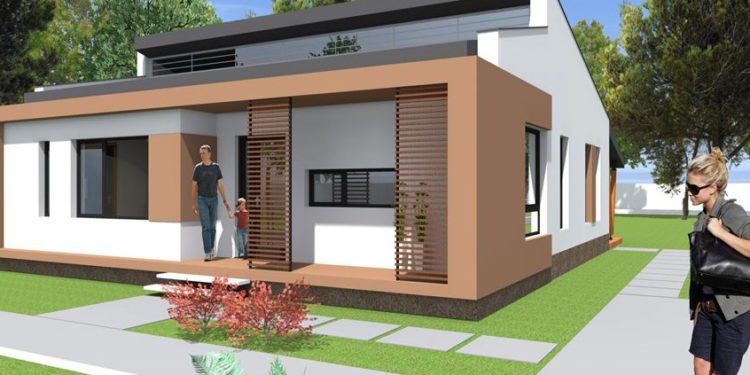In recent years, the real estate landscape is witnessing a shift toward prefabricated homes, which are gaining recognition for their efficiency, sustainability, and cost-effectiveness. Prefabricated homes, or prefabs, are being constructed off-site in factory settings before being transported and assembled at their final location.
This streamlined construction process significantly reduces labor and material costs, making them an attractive solution for first-time buyers in an era of housing affordability challenges. Additionally, prefabs are being built in a fraction of the time it takes for traditional homes, allowing buyers to move in weeks rather than months, which is especially appealing in today’s competitive market.
Sustainability is also becoming increasingly important, as prefabricated homes typically generate less waste during construction. Many manufacturers are prioritizing eco-friendly materials and energy-efficient designs, appealing to environmentally conscious consumers. Innovations in technology are further enhancing the appeal of prefabs; advanced manufacturing techniques, including 3D printing and modular building systems, are improving precision and quality. Furthermore, smart home technology is being integrated into many prefabs, providing modern amenities that cater to tech-savvy buyers.
Despite the advantages, challenges remain. Securing financing for prefabricated homes can be complicated, as many lenders are unfamiliar with their unique aspects, leading to potential hurdles in obtaining loans. Outdated zoning regulations and building codes in many areas also pose significant obstacles for prefab construction. Additionally, a lingering stigma associates prefabs with lower quality or temporary housing. Overcoming these perceptions will require ongoing education and marketing efforts to showcase the quality and benefits of modern prefabs.
















